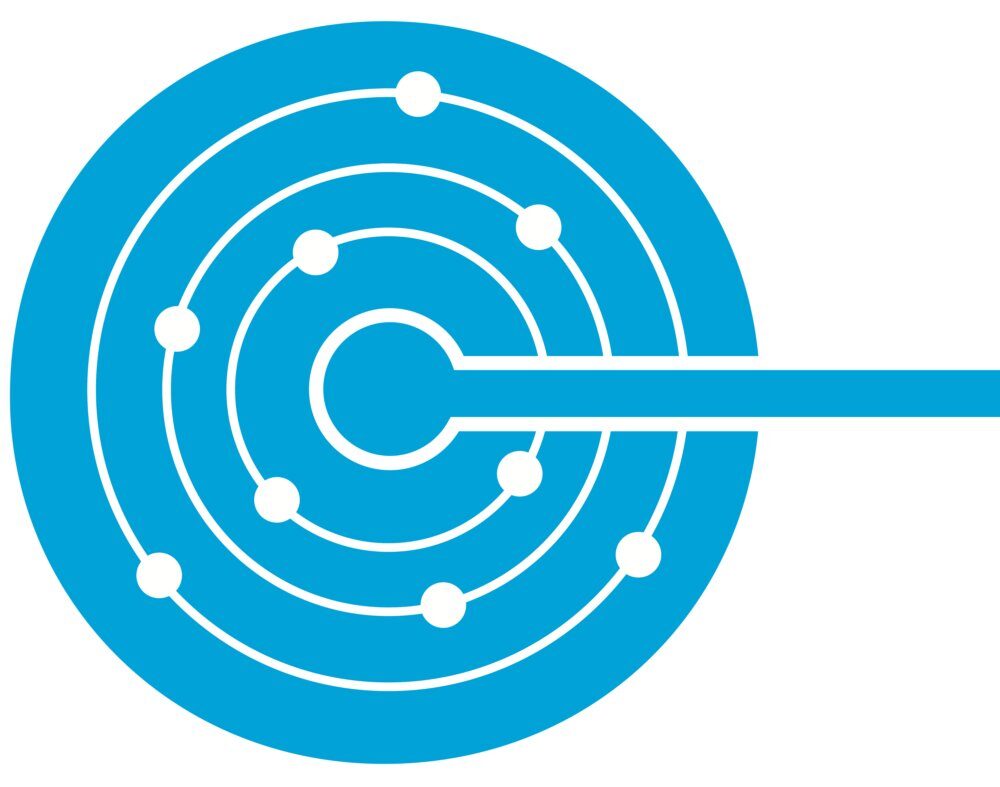What are NoCTURN’s aims, and how will they be achieved?
Advancing the means by which investigators share information and ideas: NoCTURN utilizes common digital communication tools (email, video conferencing, group messaging services, collaborative writing tools), annual hybrid conferences, and formal committee structures to ensure fluid and equitable sharing of information and ideas and timely advancement of Network progress.
Coordinating ongoing and planned research activities: Network activities address a global community with potentially discordant needs as well as short-term and long-term data analysis, storage, and reporting requirements. To achieve this, NoCTURN leverages: 1) ongoing tomographic-imaging-based community meetings [e.g., Tomography for Scientific Advancement (ToScA) symposia; International Conference on Tomography of Materials & Structures (ICTMS)] to coordinate with and engage the wider community; and 2) discipline-specific meetings attendeded by Network participants to ensure that the interests of more narrowly-focused sets of tomography-based researchers are addressed. Teams within NoCTURN meet virtually and in person to ensure all Working Groups are updated on Network activities, which will enable committees to recommend integrative resolutions to points of friction.
Fostering synthesis and new collaborations: Participants in the Network have diverse research interests yet share broad areas of expertise across tomography hardware, data management tools, visualization technologies, advanced analytical methods, education, and outreach. Together, we are developing and evaluating solutions to current image processing bottlenecks, data storage issues, sharing and repository standards, reproducibility, and reporting requirements so that commonalities across these activities enable new collaborations. One way that we are fostering these goals is by featuring new and underrepresented voices in the Network to ensure that diversity, equity, and inclusion priorities are set from the start.
Developing community standards: The non-clinical research communities that utilize tomographic imaging are numerous and diverse, with thousands of researchers producing hundreds of thousands of tomographic datasets annually. Regardless of subject matter, practitioners in these communities generally use stacks of 2D digital images to represent scanned volumes, which can be rendered, manipulated, and analyzed. Thus, although the research questions in these disciplines differ markedly, the form of the data is well understood and highly congruent, which enables NoCTURN participants to recommend tomography-specific community standards for data collection, publication, distribution, storage and reuse. To ensure that the best practices recommended by NoCTURN are deployed in a timely manner, Network members will employ them at their own tomography facilities This will enable the reciprocal improvement of standards over time as the success of their “in the field” deployment is re-evaluated by NoCTURN teams. In addition, NoCTURN liaises directly with private manufacturers of tomographic scanners and 3D-rendering software platforms, as well as freeware platforms, to identify opportunities for implementing standards at each step of the data collection and visualization/analysis pipeline as appropriate.
Communicating and sharing of research products through Findability, Accessibility, Interoperability, Reuse, and Open Science (FAIROS) strategies: We have established a strong foundation on which the non-clinical tomographic-imaging community is now developing long-standing resources for all its users. NoCTURN organizers envision a self-sustaining forward-looking community capable of maintaining itself far into the future. We will work with ToScA to establish NoCTURN as a standing committee within the regular administration of the North American symposium and dedicated to FAIROS goals in its mission statement. Finally, we hope to position the success of NoCTURN as a template for users of other data-heavy analytical approaches so that the framework proposed herein can be applied to any number of additional imaging modalities by future Research Coordination Networks.
